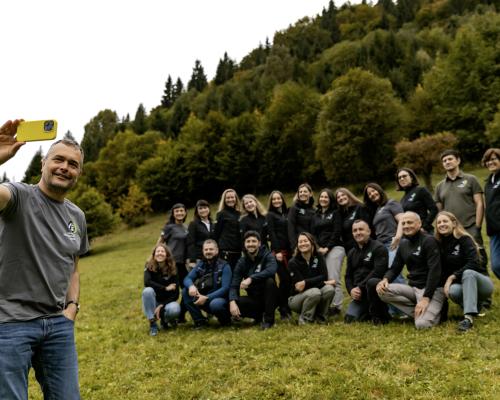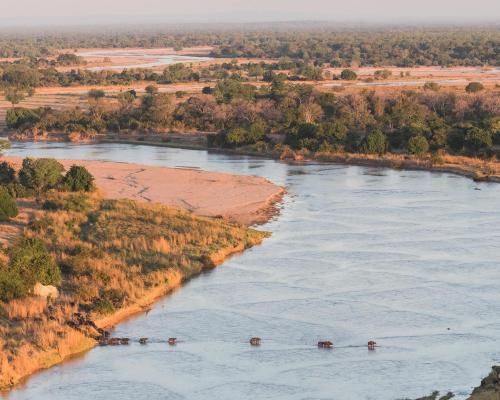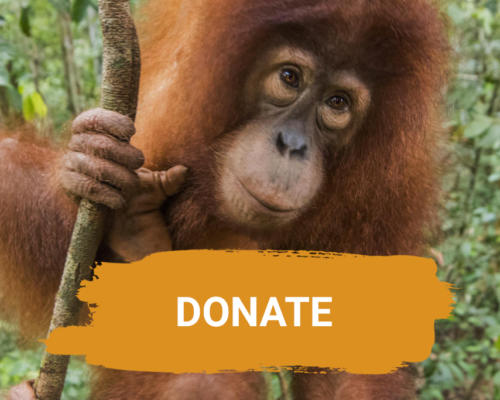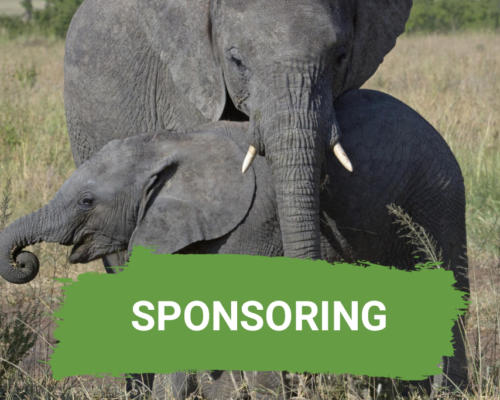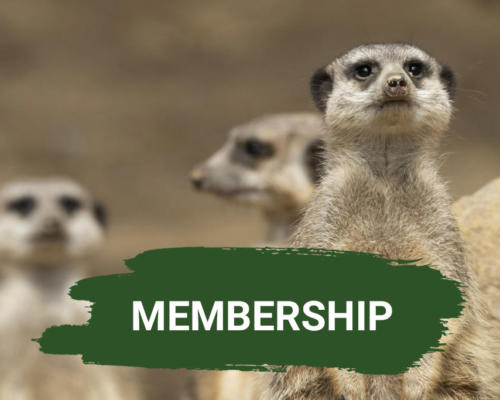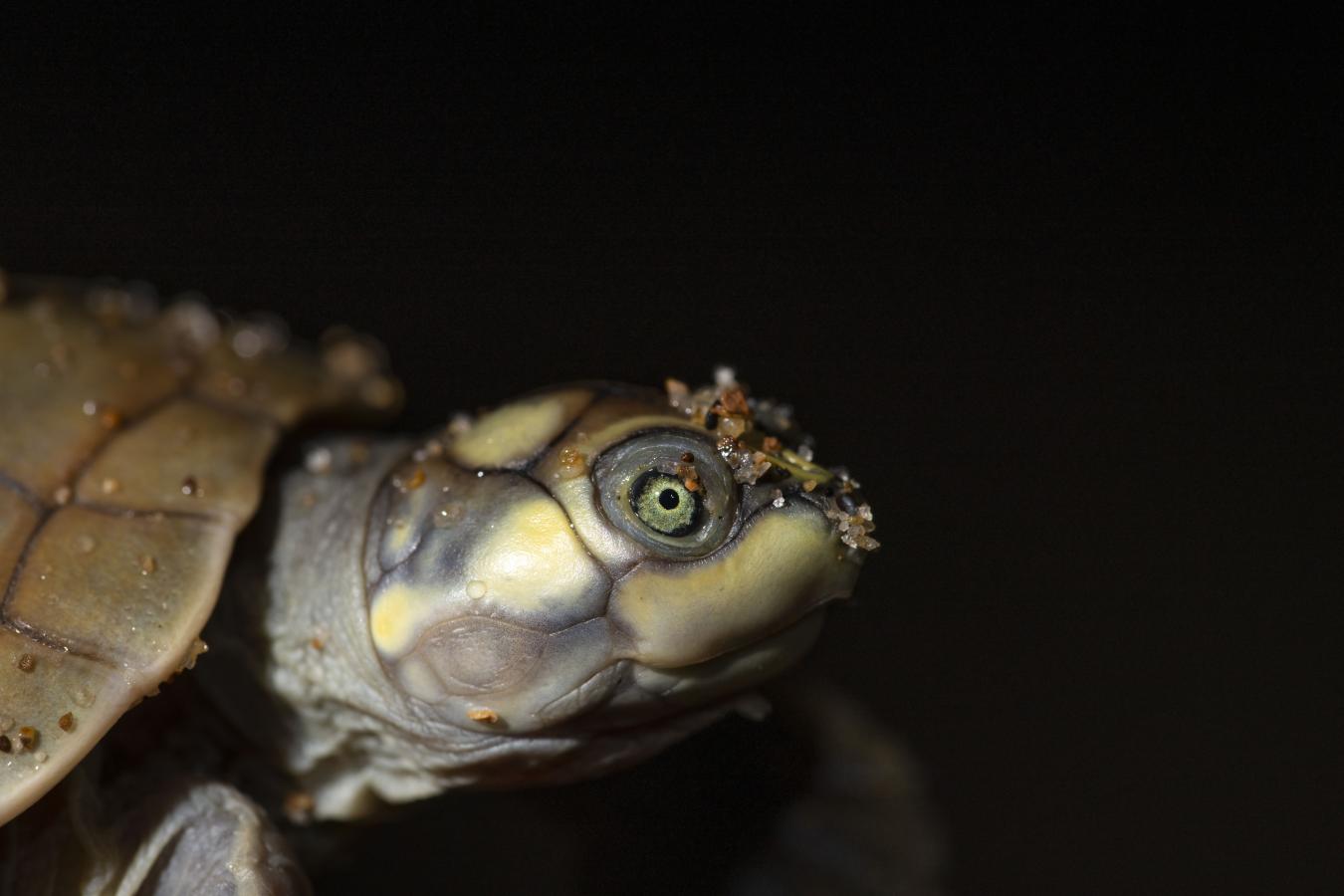Putumayo is rich in biodiversity, which needs protection against a number of threats. Local communities play a crucial role in safeguarding their ecosystems through conservation efforts that also support their livelihoods.

The people protecting Putumayo’s biodiversity
Tucked deep within the Peruvian Amazon near the border of Colombia, the Putumayo region is not only a place of incredible biodiversity but also challenges. The region’s remoteness makes even the most basic tasks, like getting supplies or traveling between communities, costly and complicated. Illegal economies have long thrived here, while the presence of dissident groups keeps many residents in a state of uncertainty. For years, these challenges made conservation feel out of reach.
That began to change in 2011, when conversations around protecting the Yaguas landscape began to gain momentum. Eventually, these efforts led to the establishment of Yaguas National Park. The park’s management began working closely with communities, setting up local monitoring committees and conservation agreements that allowed residents to participate directly in patrolling and safeguarding their territories.
FZS Peru has been a key partner throughout this journey. The organization supports everything from species monitoring to planning and logistics, helping strengthen the park’s presence in remote areas. Their goal is to ensure conservation is rooted in the knowledge and priorities of the people who live in and around the forest.
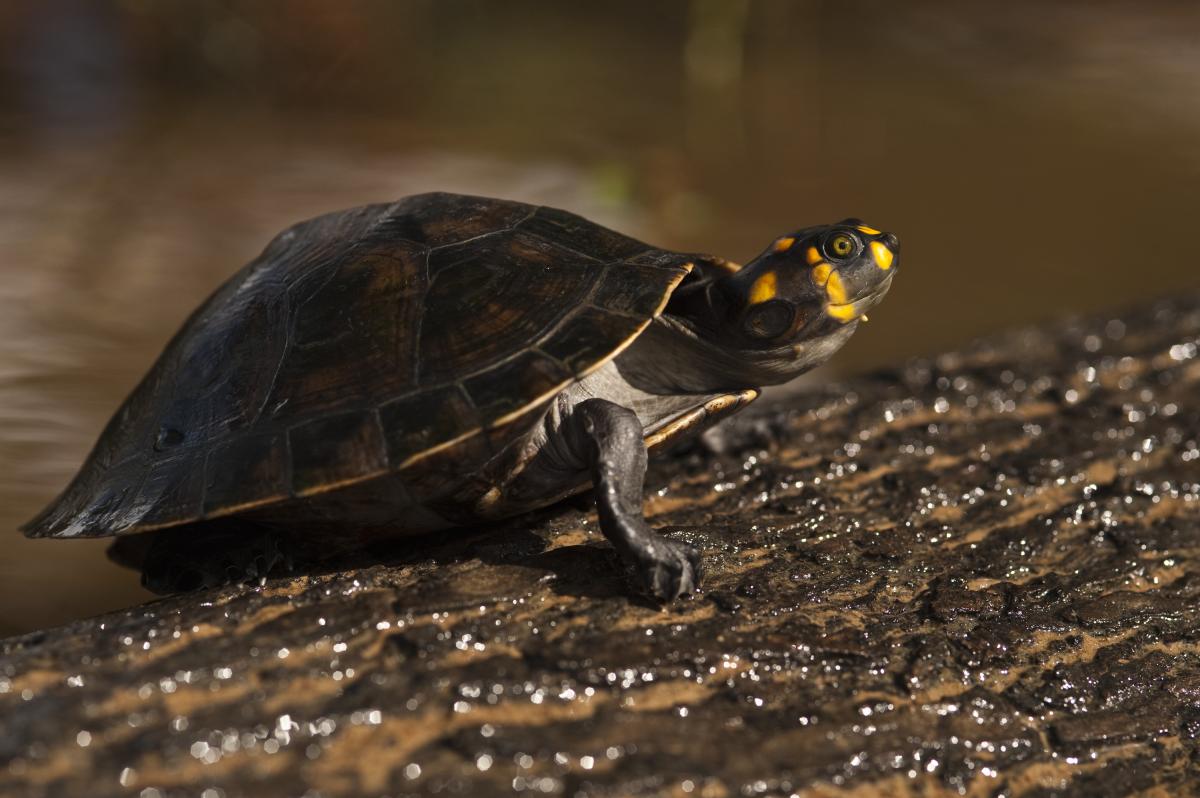
From the perspective of balance and proper use of their territories, they consider these species (Yellow-Spotted River Turtles) to be fundamental, not only as sources of food and income but also for the health of their ecosystems, ensuring that their rivers and oxbow lakes remain vibrant and alive.
One of the clearest examples of this approach is the local effort to protect the Yellow-Spotted River Turtle. Known as ‘taricaya,’ this turtle species has long been a vital resource of food, income, and cultural significance for families in the region. But in recent years, community members noticed a troubling decline in the number of turtles. Rather than watch the species disappear, they took action.
Nineteen families are now involved in a community-led conservation initiative to protect and repopulate turtles. The project includes beach monitoring, protecting nests from poachers, and re-nesting eggs in safer areas. Once the hatchlings emerge, they are carefully collected and kept in protected enclosures, where they are monitored and cared for until they grow stronger. When ready, they are released into nearby oxbow lakes, giving them a better chance of survival in the wild.
At the heart of the turtle conservation effort is Claudia Flores, a mother, wife, and community leader from the native community of Tres Esquinas. She shares what these species mean to the community: “From the perspective of balance and proper use of their territories, they consider these species to be fundamental, not only as sources of food and income but also for the health of their ecosystems, ensuring that their rivers and oxbow lakes remain vibrant and alive.”
This is not just a scientific project—it’s a family affair. Women, men, and even children participate in different stages of the process. Instead of hiring outside staff, each family receives a small incentive for every hatchling they help raise and release. Alongside hands-on work, participants are trained in everything from re-nesting techniques to data recording using tools like Excel. The project is building skills, creating income, and reinforcing the connection between conservation and community wellbeing.

As treasurer of the local fishers’ association APPA Los Cocodrilos in Peru, Claudia has been a driving force behind the project. She helped secure initial funding and has worked tirelessly to get others involved—especially women. She collaborates closely with initiatives supported by FZS and Yaguas National Park.
Through Claudia’s work and the dedication of families like hers, Putumayo is showing what’s possible when communities are trusted and supported to lead the way.






